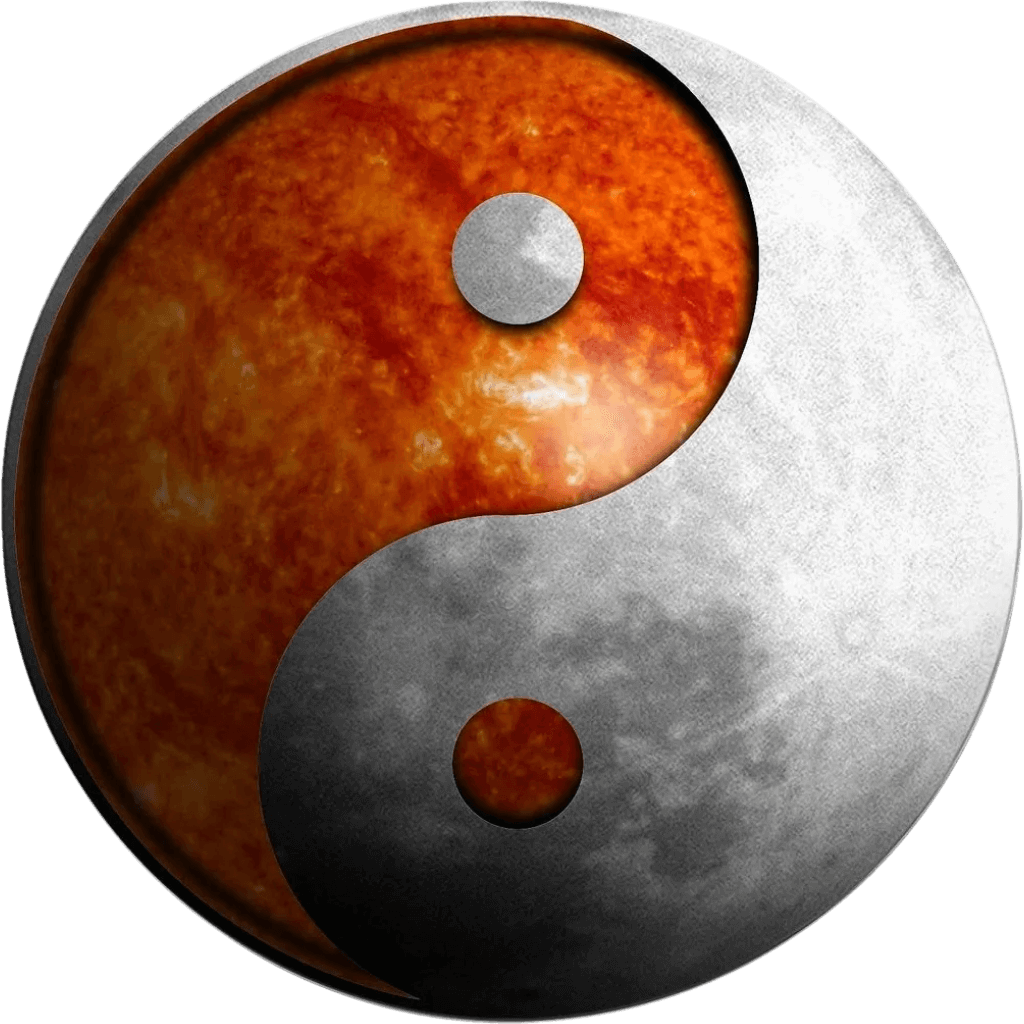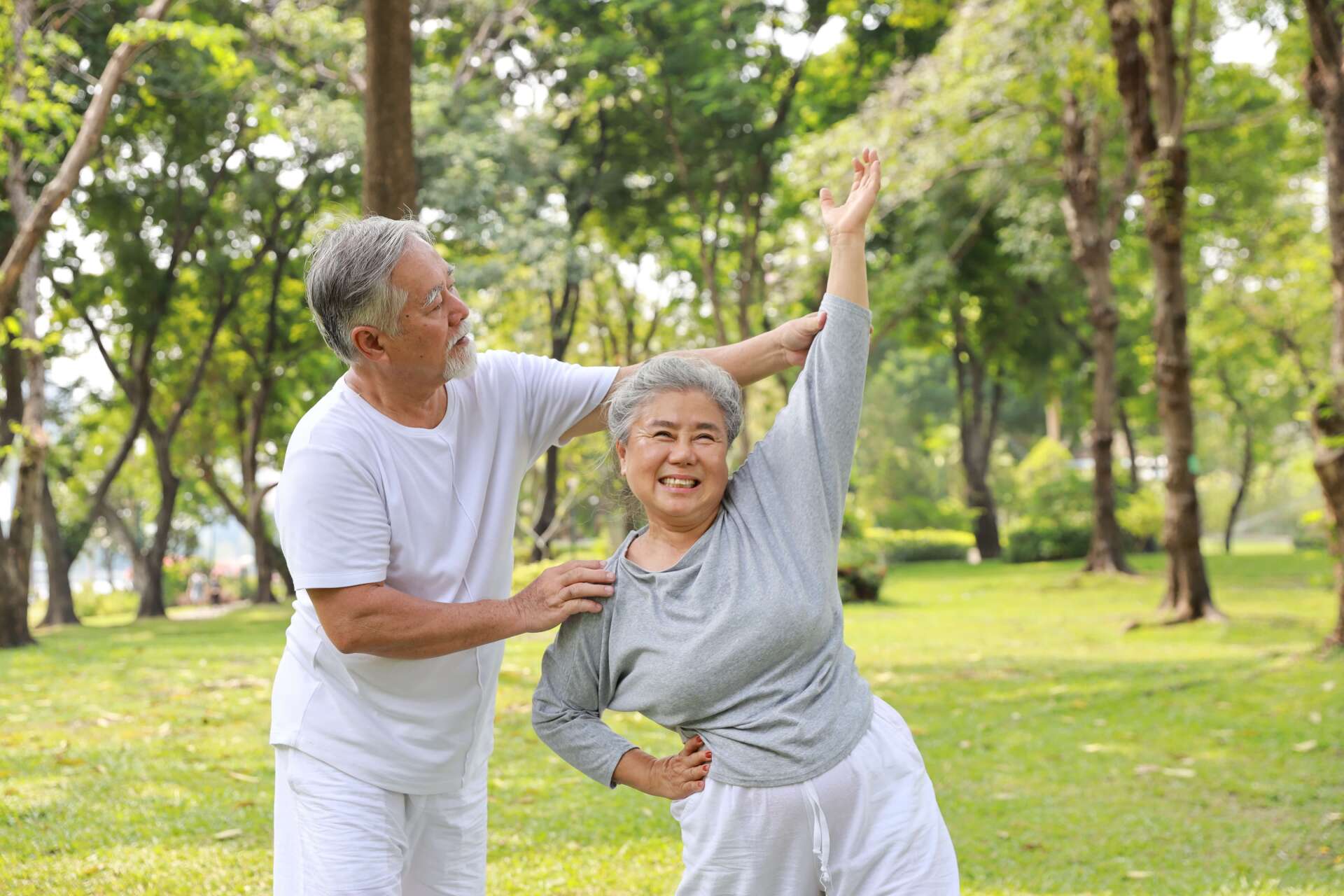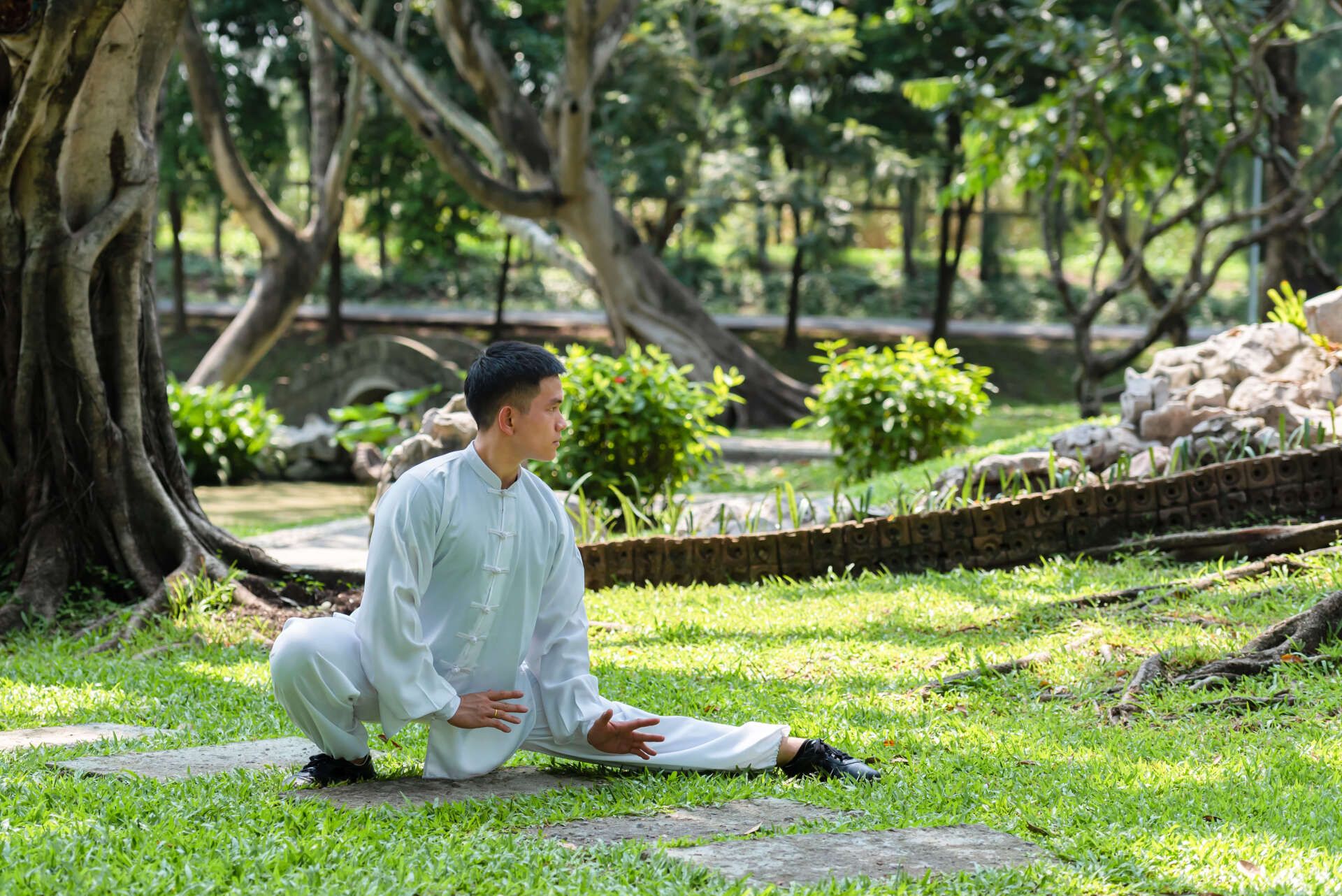History & Origins
T'ai Chi is a form of martial art that has been around for centuries. It is believed to have originated in China as a self-defense art. T'ai Chi is now popular all over the world, and many people enjoy practicing it primarily for its health benefits. While there are many different styles of T’ai Chi, all forms share the same basic principles. If you're curious about T’ai Chi or would like to start practicing it yourself, read on for more information about its history and origins.
T'ai Chi Ch’uan, translated as “Supreme Ultimate Fist,” is a high-level method for training an advanced self-defense method. It was developed around 700 years ago at the Purple Monastery on Wudang Mountain but is based upon Chinese health studies and self-defense arts with a 2,500 year ancestry. At that time there was no form but 5 movements (forward, backward, circle left, circle right, and hold position) and 8 energies (ward off, push, pull, rollback, press, split, shoulder stroke, and elbow stroke). Later, as a method to preserve T'ai Chi, a form was created to preserve the movements and energies as a living library. From the original art, two branches emerged- first, the Chen Style and from Chen style came the Yang style. These two branches gave birth to all variations we see in modern times.
Creators and developers of T’ai Chi Ch’uan used the scientific method to analyze existing systems of martial arts such as the “Five Formed Fist” of the Shaolin Monastery to improve and perfect their art, creating a method of minimal effort and exertion for maximum effect in self-defense.
Through their research, they realized the importance of slow movement, so they would not miss what was happening in the body (biomechanical), and of soft movement, to be able to feel what was happening (deep introspection). From this approach of introspection, new and unique functions were observed and practiced. Thus, a very sophisticated method of learning how to use the human body for self-defense was born. But what was created as a self-defense art ended up showing amazing by-products of health, fitness, rehabilitation, and long life.
Related Content
About the Master

With 60 years of experience in the field, Professor Ken Haslam is ready and excited to show you the inner workings of T'ai Chi and how it can benefit your life!

Yin/Yang
The Yin/Yang (pronounced In/Yong) symbol above is a key T'ai Chi philosophical and practical perspective that will be introduced in class. It represents the interplay of seemingly opposite attributes. Take for example the human heart. The contraction of the heart may be called a "Yang function," and the relaxation of the heart a "Yin function." Alone neither the Yin nor Yang is meaningful, but the interplay of contraction (Yang) and relaxation (Yin) creates the oneness of pumping, a truly miraculous function. Yin/Yang is how opposites interact that represent the functionality in T'ai Chi. Yin/Yang represents totality or completeness.

Totality of Movement
This symbol represents the infinite laws of dimension and shapes governing movement. The line tangent at a single point on a circle. The symbol means that all action stems from a single point (geometry class 101), and any line, waveform, curve, circle, arc, or any geometric shape (square, triangle, oval) is represented by extrapolation from this symbol. T'ai Chi utilizes this principle at all levels, from novice to advanced practitioner. At this time, you may not understand this concept with just the information provided. However, you will discover the realm of possibilities born from T’ai Chi and this symbol above as you gain experience through the practice.
T’ai Chi is an ancient Chinese martial art that has been around for centuries. What began as an art of self-defense eventually became known for its many health benefits and ability to improve overall well-being. The philosophy behind T’ai Chi is based on the Yin/Yang principle and the totality of movement. When these principles are combined, they create a fluidity and balance that is beneficial for mind, body, and spirit. T’ai Chi has become popular all over the world because it is accessible to people of all ages and fitness levels, and offers many benefits such as improved balance, strength, flexibility, stress relief, and more. If you are interested in learning more about this amazing art form or want to experience these benefits for yourself, take advantage of your first free class today!



